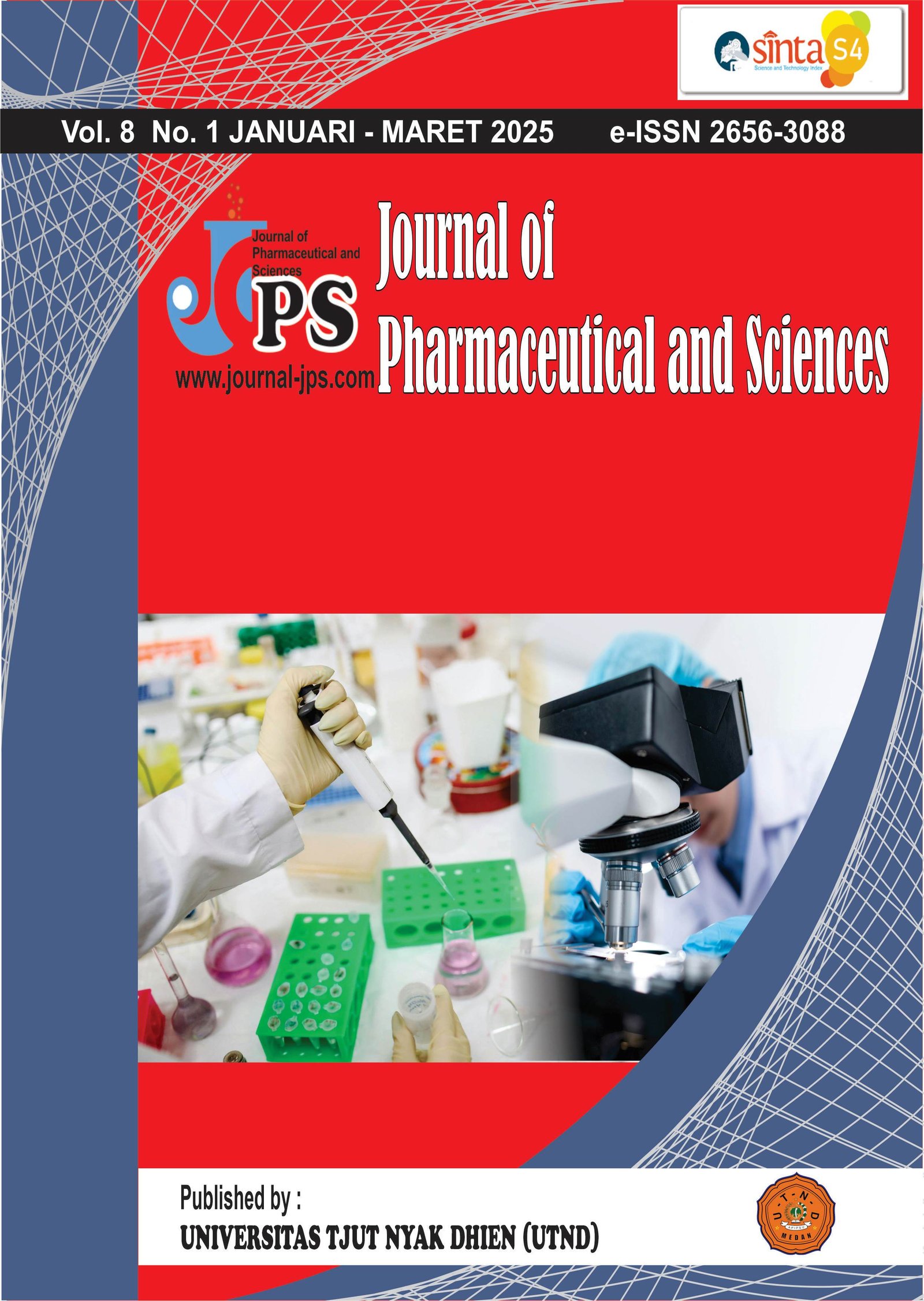Overview of patient safety culture at Izza Karawang hospital in 2024
Main Article Content
Page: 240-250
Abstract
This study was conducted to describe the patient safety environment developed by Izza Hospital, Karawang, using the Hospital Survey on Patient Safety Culture (HSOPSC) instrument developed by the Agency for Healthcare Research and Quality (AHRQ). The research method used a quantitative descriptive design with a survey approach, involving 326 respondents from medical and non-medical personnel who were directly related to patient care. The sampling technique was accidental sampling, and data were analyzed using univariate analysis for the frequency distribution of the 12 dimensions of patient safety culture. The findings showed that most respondents were nurses (62.9%) with 1-5 years of service (38%) and working hours >40 hours per week (64%). The assessment of the work unit showed the majority in the “good” category (56%), while the most patient safety reports were 1-2 reports per year (35%). Most indicators of patient safety culture showed positive responses, such as teamwork (97%) and open communication (66-81%). However, there were challenges in indicators such as response to errors and staff courage to ask critical questions. In conclusion, the patient safety culture at Izza Hospital is in the “good” category but needs specific improvements in certain dimensions to support more optimal patient safety. These results provide insights for the hospital in formulating strategies for continuous improvement of patient safety culture.
Downloads
Article Details

This work is licensed under a Creative Commons Attribution-NonCommercial-ShareAlike 4.0 International License.
References
Bautista-Bernal I, Quintana-García C, Marchante-Lara M. Safety culture, safety performance, and financial performance. A longitudinal study. Saf Sci 2024;172:106409.
Sexton JB, Adair KC, Profit J, Bae J, Rehder KJ, Gosselin T, et al. Safety culture and workforce well-being associations with positive leadership walkrounds. Jt Comm J Qual Patient Saf 2021;47:403–11.
Nieva VF, Sorra J. Safety culture assessment: A tool for improving patient safety in healthcare organizations. Qual Saf Heal Care 2003;12:17–24. https://doi.org/10.1136/qhc.12.suppl_2.ii17.
Rombeallo NT, Tahir T, Saleh A. Faktor Penyebab Rendahnya Pelaporan Insiden Keselamatan Pasien di Rumah Sakit: Literature Review. J Keperawatan 2022;14:657–66.
Departemen Kesehatan Republik Indonesia. Panduan Nasional Keselamatan Pasien Rumah Sakit (Patient Safety) 2008:22–7.
Azyabi A, Karwowski W, Davahli MR. Assessing patient safety culture in hospital settings. Int J Environ Res Public Health 2021;18:2466.
Alsabri M, Boudi Z, Lauque D, Dias RD, Whelan JS, Östlundh L, et al. Impact of teamwork and communication training interventions on safety culture and patient safety in emergency departments: a systematic review. J Patient Saf 2022;18:e351–61.
Kakemam E, Gharaee H, Rajabi MR, Nadernejad M, Khakdel Z, Raeissi P, et al. Nurses’ perception of patient safety culture and its relationship with adverse events: a national questionnaire survey in Iran. BMC Nurs 2021;20:1–10.
Sorra J, Gray L, Streagle S, Famolaro T, Yount N, Behm J. Hospital survey on patient safety culture: user’s guide. 2018.
Adeniran IA, Efunniyi CP, Osundare OS, Abhulimen AO. Data-driven decision-making in healthcare: Improving patient outcomes through predictive modeling. Eng Sci Technol J 2024;5.
Farquhar M. AHRQ quality indicators. Patient Saf Qual an Evidence-Based Handb Nurses 2008.
Zebrak K, Yount N, Sorra J, Famolaro T, Gray L, Carpenter D, et al. Development, pilot study, and psychometric analysis of the AHRQ surveys on patient safety culture (SOPS®) workplace safety supplemental items for hospitals. Int J Environ Res Public Health 2022;19:6815.
Ishiguro L, An DA, Plumptre L, Paul J, Mecredy G, Li K, et al. Supporting policy and practice in Ontario through ICES’applied health research question (AHRQ) program. Int J Popul Data Sci 2021;6.
Mangindara M, Samad MA, Insani Y, Uta RM. Gambaran Budaya Keselamatan Pasien di Instalasi Rawat Inap Rumah Sakit Bhayangkara Makassar. J Manaj Kesehat Yayasan RSDr Soetomo 2020;6:155. https://doi.org/10.29241/jmk.v6i2.335.
Salas E, Sims DE, Shawn Burke C. Is there A “big five” in teamwork? Small Gr Res 2005;36:555–99. https://doi.org/10.1177/1046496405277134.
Holen A, Sortland B. The Teamwork Indicator–a feedback inventory for students in active group learning or team projects. Eur J Eng Educ 2022;47:230–44.
Zainuri A, Huda M. Empowering cooperative teamwork for community service sustainability: insights from service learning. Sustainability 2023;15:4551.
Edmondson A. Psychological safety and learning behavior in work teams. Adm Sci Q 1999;44:350–83. https://doi.org/10.2307/2666999.
Edmondson AC, Bransby DP. Psychological safety comes of age: Observed themes in an established literature. Annu Rev Organ Psychol Organ Behav 2023;10:55–78.
Vella SA, Mayland E, Schweickle MJ, Sutcliffe JT, McEwan D, Swann C. Psychological safety in sport: A systematic review and concept analysis. Int Rev Sport Exerc Psychol 2024;17:516–39.
Leape L. Error in Medicine. Jama J Am Med Assoc 1994;274:460. https://doi.org/10.1001/jama.1995.03530060031024.
Patterson PD, Weaver MD, Frank RC, Warner CW, Martin-Gill C, Guyette FX, et al. Association between poor sleep, fatigue, and safety outcomes in emergency medical services providers. Prehospital Emerg Care 2012;16:86–97. https://doi.org/10.3109/10903127.2011.616261.





